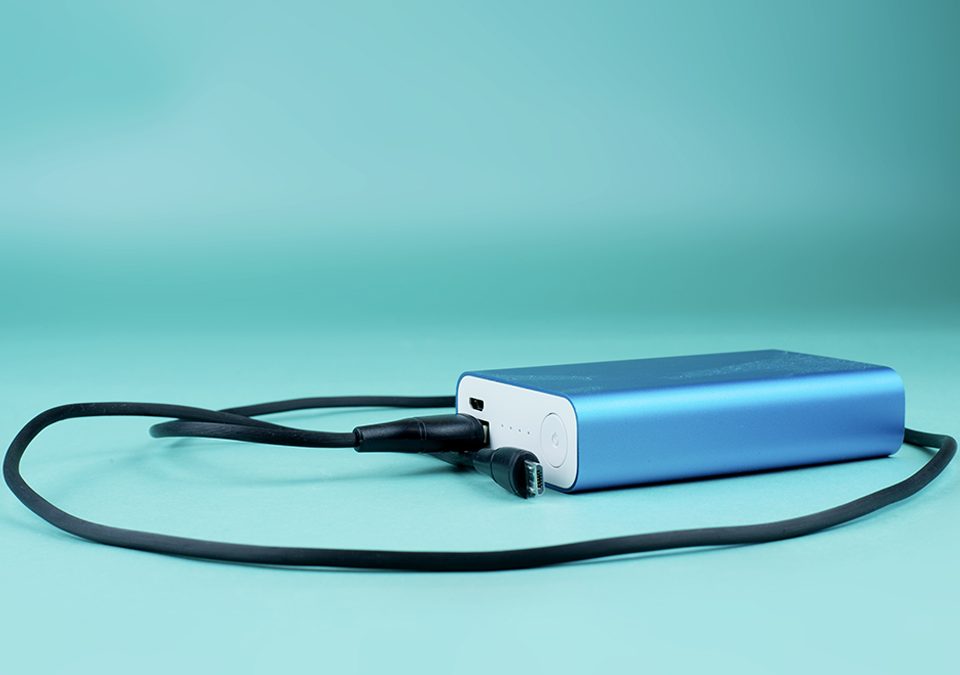Researchers from the University of California at Irvine have developed a groundbreaking invention that could significantly extend the lifespan of computers, smartphones, appliances, cars, and spacecraft. Scientists have long been trying to utilize nanowires in batteries due to their high conductivity and large surface area for the storage and transfer of electrons. However, nanowires are thousands of times thinner than human hair and are extremely fragile, making them susceptible to cracking and failure after repeated discharges and recharges. To solve this problem, the UCI researchers coated a gold nanowire in a manganese dioxide shell and wrapped it in an electrolyte made of a gel similar to Plexiglas. The combination proved to be reliable and resistant to failure. Using this technique, the team developed a prototype that endured nearly 200,000 recharge cycles over three months, without experiencing any power or capacity loss or any fracturing of nanowires. According to Reginald Penner, chair of UCI’s chemistry department, this was an incredible achievement since these things typically die in dramatic fashion after 5,000 to 7,000 cycles at most. The team at UCI believes that the goo plasticizes the metal oxide in the battery, providing flexibility and preventing cracking. Mya Le Thai, one of the researchers involved in the study, stated that “the coated electrode holds its shape much better, making it a more reliable option,” adding that “this research proves that a nanowire-based battery electrode can have a long lifetime and that we can make these kinds of batteries a reality.”
The study was conducted in coordination with the Nanostructures for Electrical Energy Storage Energy Frontier Research Center at the University of Maryland, with funding from the Basic Energy Sciences division of the U.S. Department of Energy.
Date: 10Jan,2023

